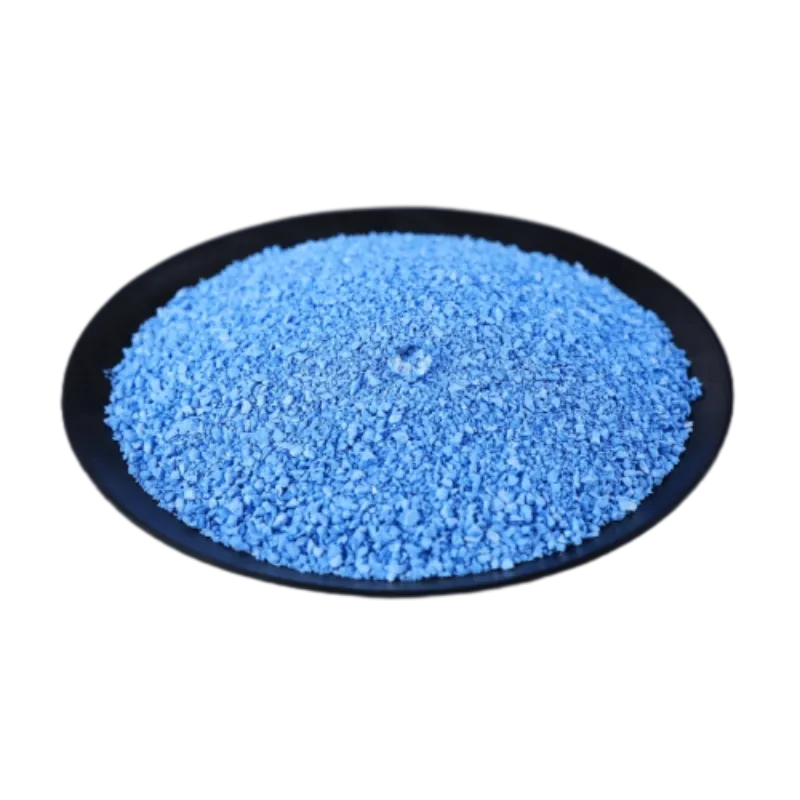
Dec . 09, 2024 18:08 Back to list
Guide to Installing Three-Dimensional Shingles for Your Roofing Project
Installing 3-Dimensional Shingles A Comprehensive Guide
Shingles are an essential component of roofing systems, providing protection against the elements while also enhancing the aesthetic appeal of homes. While traditional 2-dimensional shingles have been the standard choice for many years, 3-dimensional shingles, also known as architectural shingles, are becoming increasingly popular due to their unique appearance and added durability. This article aims to guide you through the process of installing 3-dimensional shingles on your roof.
Understanding 3-Dimensional Shingles
3-dimensional shingles are constructed with multiple layers of materials, which create a textured, dimensional look that resembles wood shakes or slate. These shingles provide greater aesthetic appeal and have enhanced strength against wind and weather. They are typically more durable than their 2-dimensional counterparts, often carrying longer warranties.
Tools and Materials Needed
Before starting your installation project, gather the following tools and materials
- 3-dimensional shingles - Roofing nails (galvanized) - Roofing underlayment (synthetic or felt) - Roof cement or adhesive - Utility knife - Hammer or nail gun - Measuring tape - Chalk line - Safety equipment (gloves, goggles, and a harness) - Ladder or scaffolding
Preparing for Installation
1. Inspect the Roof Before installing shingles, inspect the roof for any damage or rot. Any underlying issues must be fixed before new shingles can be applied. 2. Clean the Surface Remove old shingles, debris, and any loose material from the roof surface. A clean base ensures proper adhesion and longevity.
3. Install Underlayment Lay down roofing underlayment to provide an extra layer of protection against moisture. Start from the bottom of the roof and overlap each row to create a barrier against water infiltration.
Measuring and Cutting Shingles
1. Measure the Roof Area Calculate the total area of your roof to determine how many shingles you'll need. This measurement will usually include some extra for waste, typically around 10%.
2. Cut Shingles as Needed According to the design and style you’ve chosen, you might need to cut some shingles to fit. Use a utility knife for accurate cuts and wear safety gloves.
installing 3 dimensional shingles

Installing 3-Dimensional Shingles
1. Start at the Bottom Begin your installation at the bottom edge of the roof. Lay the first course of shingles, aligning them with the eaves.
2. Nailing the Shingles Use your hammer or nail gun to secure each shingle properly. Place nails near the top of the shingles, ensuring not to hit the upper layer that may overlap the nail. Follow manufacturer guidelines for the specified number of nails per shingle (usually four to six).
3. Stagger the Shingles For a more aesthetically pleasing look and improved water shedding, stagger the joints between rows. This means that the seams of one row should not line up with the seams of the row above or below it.
4. Continue Upward Continue laying shingles in a row-by-row fashion until you reach the peak of the roof. Be sure to maintain a straight line using the chalk line as a guide.
Finishing Touches
1. Install Ridge Caps Once all shingles are in place, finish the project by installing ridge caps along the peak of the roof. These caps provide both a finished look and additional protection against leakage.
2. Final Inspection Carefully inspect your work to ensure all shingles are properly secured and there are no gaps. This step is crucial for preventing potential leaks.
Safety Precautions
Roofing can be dangerous work. Always use safety equipment, and consider hiring a professional if you're uncomfortable with heights or the installation process.
Conclusion
Installing 3-dimensional shingles can significantly enhance your home’s curb appeal and provide improved durability compared to traditional shingles. While the process may seem daunting, with the right tools, preparation, and attention to detail, you can achieve a professional-looking result. Remember to follow local building codes and guidelines, and don't hesitate to seek professional assistance if needed. Happy roofing!
-
Rubber Roofing Shingles - Durable & Weatherproof SBS Rubber Asphalt Shingles for Homes & Businesses
NewsJul.08,2025
-
Crest Double Roman Roof Tiles – Durable, Stylish Roofing Solution at Competitive Prices
NewsJul.08,2025
-
T Lock Asphalt Shingles Durable Roofing Solution for Long-lasting Protection
NewsJul.08,2025
-
Top Stone Coated Metal Roofing Suppliers & Manufacturers Durable Stone Coated Metal Tile Solutions
NewsJul.07,2025
-
How Many Bundles of Asphalt Shingles in a Square? Fast Roofing Guide & Tips
NewsJul.07,2025
-
How Long Should a Cedar Shake Roof Last? Expert Guide & Replacement Options
NewsJul.06,2025







